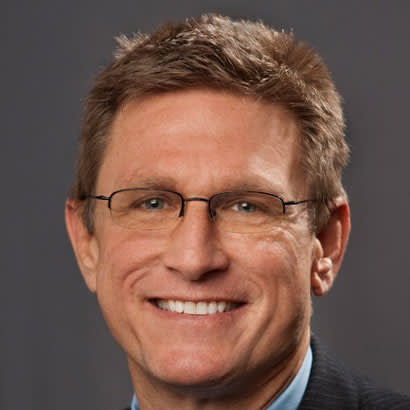
In the October Parks & Recreation Advocacy column, Kevin O’Hara, NRPA’s vice president of urban and government affairs, asked: “How many mayors does it take to make a movement?” The 225 mayors currently signed on to the NRPA/Trust for Public Land (TPL)/Urban Land Institute (ULI) 10-Minute Walk Campaign partnership is certainly an incredible start. Yet, with approximately 100 million Americans or roughly 30 percent of our population isolated from the benefits of nearby public park space, we have a long road ahead. The biggest challenge for these 225 hearty souls will be establishing the dedicated, sustainable funding source that will not only acquire land and build great parks, but will also operate, program and maintain them as part of an equitable and accessible park system.
Considering the current 10-year trough of nearly 20 percent in public funding, the boom-and-bust history of the park industry shows that accelerated entrepreneurial and philanthropic efforts typically fill these funding voids. In the 1970s–1980s, every conceivable concession and land-lease opportunity was considered and often implemented, angering the public and often resulting in tighter land-use regulations restricting the commercialization of parks. This was followed by a golden age of public investment that lasted until the Great Recession of 2007–2008. Only “park districts” with dedicated public funding for capital and operations have maintained their momentum through this most recent economic downturn.
Today, public-private partnerships and philanthropy are playing a more significant role in park development as solutions to public funding reductions. As noble and well-intended as some of these ventures are, the absence of an adequate public investment may inadvertently impact the distribution of accessible parks and programs throughout a city or county. The potential impact of climate change on vulnerable populations creates an even more significant risk to underserved populations.
Park professionals are uniquely equipped to overcome the paradox of tax aversion and to help meet the desire among citizens and elected officials for more parks. During last month’s contentious midterm elections, TPL tracked 43 referenda for park bond issues in 20 states and saw 84 percent approved by voters. One of the most progressive ballot measures to pass was in Doral, Florida, one of our 10-Minute Walk Campaign signatories, where the average homeowner accepted an annual property tax increase of $139 to build $150 million in park infrastructure, significantly increasing their park system and walkability. Congratulations to Doral’s Mayor J.C. Bermudez, city commissioners and parks director Barbie Hernandez!
Investing in public park spaces and programs is an investment in a community’s economic prosperity, especially for those who live and work in close proximity. It is essential that we balance the enthusiasm and resources of philanthropic and private-sector investors with a sustainable public investment, one that minimizes the risks to a community’s cultural identity caused by large-scale gentrification. This is an especially important component of our 10-Minute Walk Campaign, as we move from gathering support and advocacy to identifying funding strategies, securing resources and, finally, implementation. Creating sustainable park districts with dedicated funding streams will ensure the perpetual success of our walkable park investment.
Jack Kardys is NRPA’s Chair of the Board of Directors.

